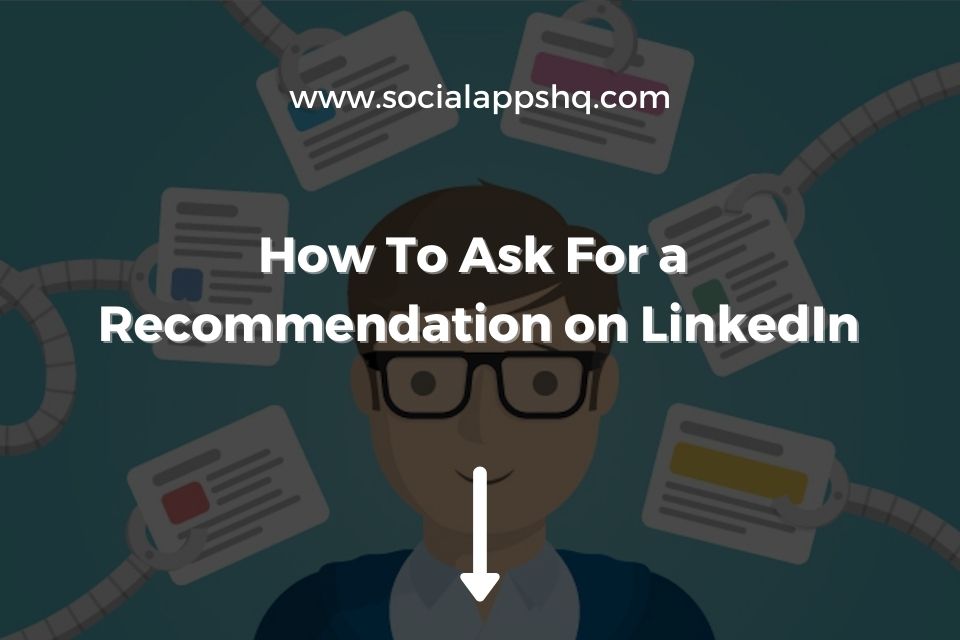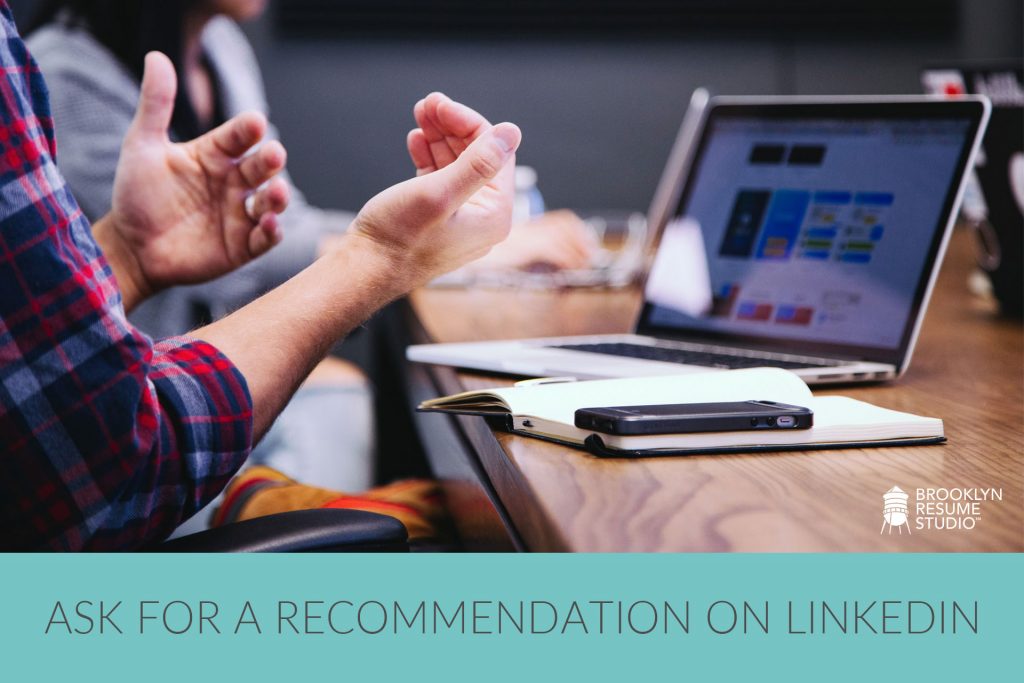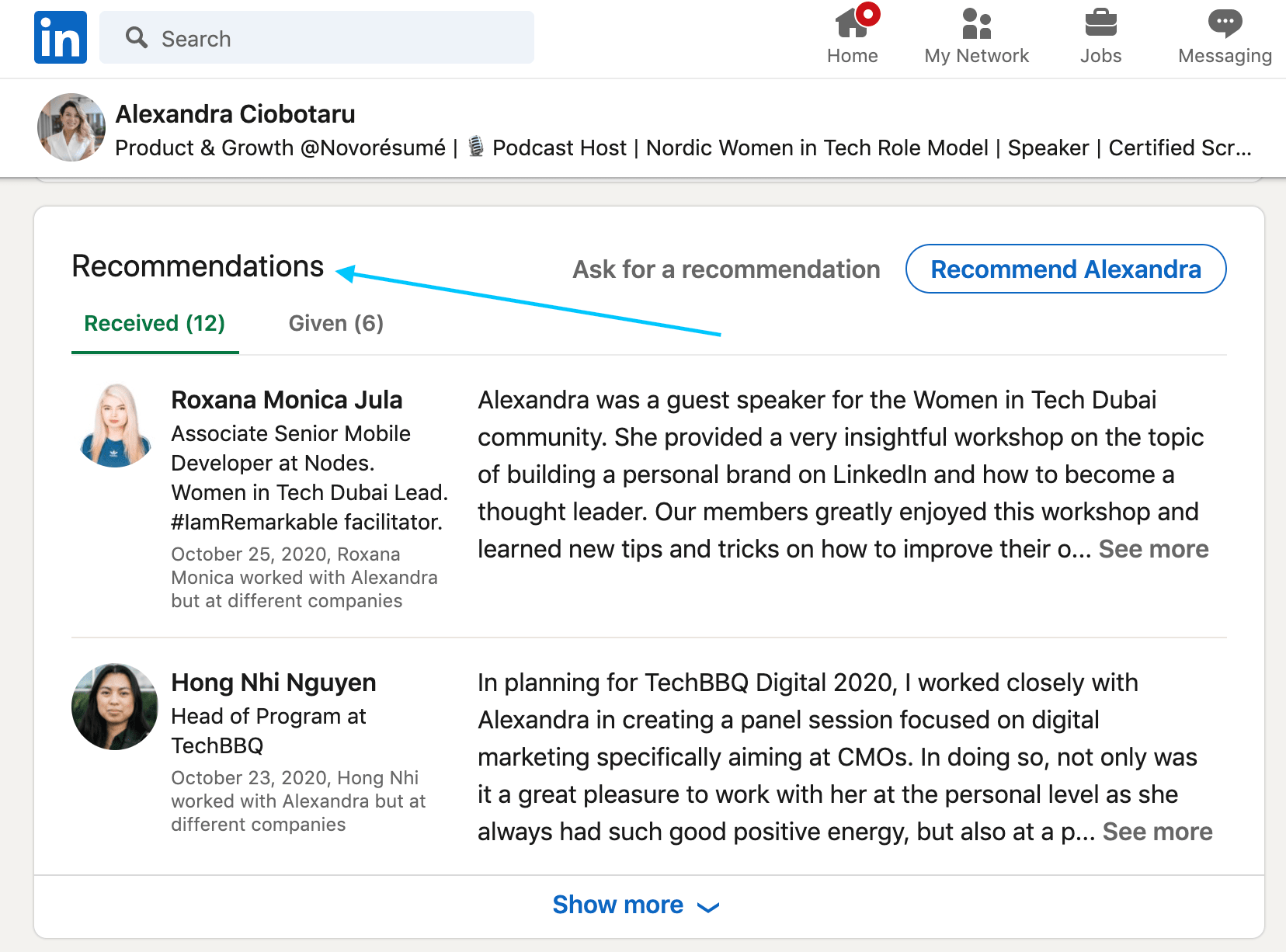LinkedIn has transformed the way professionals connect, network, and showcase their skills. One of the most effective ways to enhance your profile and stand out is by having strong recommendations. But how do you ask for these endorsements in a way that feels natural and respectful? In this blog post, we'll explore not only the value of recommendations but also practical tips on how to ask for them effectively.
The Value of Recommendations

When it comes to building a robust LinkedIn profile, recommendations serve as a powerful tool. They highlight your skills and experiences from the perspective of others, adding credibility to your professional narrative. Here’s why they matter:
- Social Proof: Just like product reviews influence our purchase decisions, recommendations can sway potential employers or clients. They show that someone else believes in your capabilities.
- Showcase Soft Skills: While your résumé outlines your hard skills, recommendations often provide insights into your soft skills, such as teamwork, leadership, and communication abilities.
- Boost Visibility: Profiles with recommendations tend to get more views. LinkedIn algorithms favor profiles that are complete, and recommendations contribute to that completeness.
- Network Expansion: When someone writes a recommendation for you, it not only highlights your work but also exposes you to their network, potentially opening doors to new opportunities.
To summarize, LinkedIn recommendations are more than just nice words; they are an essential element of your professional identity, validating your skills and helping you connect with the right people. Investing time in gathering thoughtful recommendations can significantly elevate your profile, making it stand out in a crowded digital landscape.
When to Ask for Recommendations

Timing is everything, especially when it comes to asking for LinkedIn recommendations. The right moment can make all the difference in the type and quality of recommendation you'll receive. Here are some key moments when you should consider making your request:
- After a Successful Project: If you just wrapped up a successful project or collaboration, this is a perfect time to ask. The recent experience is fresh in mind for both you and the person you're asking.
- During Performance Reviews: If you have regular performance evaluations, you can use this time to request recommendations. Often, this is when your accomplishments are highlighted, making it easier for your peers to remember how you contributed.
- When You're Transitioning Careers: If you're moving to a new role or industry, ask for recommendations before you leave. Former colleagues or supervisors can provide insights that prospective employers value.
- When Networking: If you're attending a networking event or a professional meeting, it's a great opportunity to ask for recommendations. These events often put you in a mindset where your skills and achievements come to the forefront.
Additionally, consider the comfort level of the individual you're asking. If they seem overwhelmed or busy, it might not be the best time. Instead, try reaching out during less hectic periods. Ultimately, being mindful of timing shows respect for their time and can lead to more heartfelt recommendations.
Crafting Your Request

When it comes to asking for a LinkedIn recommendation, how you phrase your request can significantly impact the response. A well-crafted request can lead to a more genuine endorsement. Here’s how to go about it:
- Be Personal: Rather than sending a generic message, personalize your request. Begin with a friendly greeting and mention a shared experience or connection.
- Be Direct but Polite: Clearly state what you are asking. You might say, “I would truly appreciate it if you could write a recommendation for me on LinkedIn.”
- Specify What to Highlight: If there are specific skills or projects you'd like them to focus on, mention those. For example, “It would be great if you could talk about our collaboration on the XYZ project.”
- Offer to Return the Favor: Let them know you’re happy to provide a recommendation for them in return. This reciprocity can make your request feel more mutual.
- Keep it Short: Long requests can be overwhelming. Aim for clarity and brevity to respect their time.
Here’s a little template to help guide your request:
Hi [Name],I hope you're doing well! I really enjoyed working with you on [project/experience]. Would you feel comfortable writing a LinkedIn recommendation for me? It would be fantastic if you could highlight [specific skills or contributions]. I’d be more than happy to return the favor!Thanks so much!
By crafting a thoughtful request, you're more likely to receive a glowing recommendation that enhances your LinkedIn profile.
Choosing the Right People
When it comes to asking for LinkedIn recommendations, selecting the right individuals for the task is crucial. You want to ensure that your recommendations come from people who can genuinely speak to your skills and experiences. So, how do you choose the right people? Let’s break it down:
- Direct Managers: These are individuals who supervise your work directly. They have first-hand experience with your contributions and can provide an in-depth perspective on your professional abilities.
- Colleagues: Ask peers who have collaborated with you on projects. They can highlight your teamwork, communication skills, and how you handle group dynamics.
- Clients or Customers: If you've worked in a role that deals with clients, their insights can be incredibly valuable. A recommendation from a satisfied client can serve as a powerful testimonial to your customer service skills.
- Mentors or Networking Contacts: If you have a mentor or someone you’ve connected with professionally, they can provide a more holistic view of your capabilities and potential.
When choosing whom to ask, consider these factors:
- The relevance of their experience with you.
- The credibility of their own professional background.
- Whether they can provide specific examples of your work and achievements.
Ultimately, picking the right people can significantly enhance the quality of your recommendations, making your LinkedIn profile stand out.
Following Up
So, you’ve sent out your requests for LinkedIn recommendations, but your job isn’t done yet. Following up is just as important as the initial ask, and here's why:
- Show Your Appreciation: People are busy, and a gentle reminder can go a long way. A follow-up shows that you value their time and expertise.
- Encourage Completion: A nudge can help those who might have forgotten or set aside your request when they were preoccupied with other responsibilities.
How should you follow up? Here are some tips:
| Tip | Details |
|---|---|
| Timing | Wait a week or two before following up to give them ample time to respond. |
| Be Polite | A friendly reminder can be as simple as, "I hope you're well! I just wanted to check in regarding my request for a recommendation." |
| Express Gratitude | Always thank them, regardless of whether they agree. A simple thank you can build goodwill for future requests. |
By following up appropriately, you not only increase the chances of receiving those precious recommendations but also strengthen your professional relationships. Good luck!
7. Expressing Gratitude
When you receive a LinkedIn recommendation, it’s essential to express your gratitude. A simple "thank you" can go a long way in building professional relationships. Remember, the person who wrote the recommendation took the time out of their busy schedule to support you, and acknowledging their effort is both courteous and professional. Here are some ways to show your appreciation:
- Personalized Message: Send a personalized message through LinkedIn or email. Mention specific points from their recommendation that you found particularly meaningful.
- Public Acknowledgment: Consider publicly thanking them on LinkedIn. A public shout-out shows that you value their support and it might encourage others to write recommendations for you in the future.
- Offer to Return the Favor: If they’ve helped you out, it’s always nice to offer your assistance in return. Whether it’s writing them a recommendation or providing support on a project, this mutual exchange can strengthen your relationship.
- Make It a Habit: Regularly express gratitude, not just when you receive recommendations. Over time, this builds a reputation for being gracious and supportive among your network.
In essence, showing gratitude isn’t just a polite response; it nurtures your professional relationships and creates a positive impression. It can be the start of a lasting connection that may lead to future opportunities.
8. Conclusion
Asking for LinkedIn recommendations might feel a bit daunting, but with the right approach, it can be a rewarding experience that enhances your professional profile. Here’s a quick recap of the steps we've discussed:
- Identify the right connections who can provide meaningful insights.
- Craft a thoughtful message that explains why you’re requesting their recommendation.
- Be clear about what you would like them to focus on in their response.
- Follow up politely if you don't hear back in reasonable time.
- Express your gratitude sincerely when you receive a recommendation.
Remember, LinkedIn recommendations can significantly bolster your profile by providing social proof of your skills and experiences. They act as testimonials showcasing the value you bring to the table. So, take the plunge, ask for those recommendations, and don’t forget to cherish the relationships you build along the way.
Your professional journey is a shared experience, and these recommendations are the breadcrumbs that can lead others to your door. Happy networking!
 admin
admin








